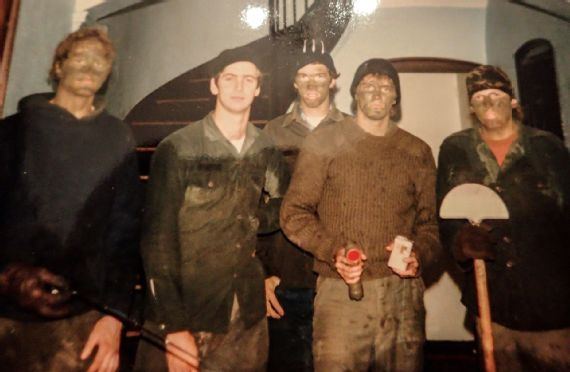Year 1982: When MIT Hacked the Harvard-Yale Football Game

Introduction
When delving into this intriguing historical event, I initially asked myself, “How could a football game be hacked?” However, recalling the 1961 Rose Bowl Hoax, I realized that hacking isn’t solely tied to computers. Indeed, it encompasses the meticulously crafted exploits of college students, leveraging wit to execute clever pranks or garner recognition for their institution, as exemplified by the Rose Bowl incident.
In 1982, during the famed Harvard-Yale matchup, history was made by a group of MIT pranksters. Join us as we journey back in time to witness how their prank continues to captivate discussions even four decades later.
Hacking The Harvard-Yale Football Game
The Ivy League series, famously dubbed “The Game”, has a rich history dating back to 1875. However, in 1982, a group of MIT students carried out one of the most remarkable pranks in history during this prestigious event. Despite MIT not having a football team for years, the institution has gained renown for its tradition of executing elaborate pranks. Due to its proximity to Harvard and the intense rivalry, the Harvard-Yale game has frequently served as a prime setting for these mischievous acts.
The prank took place on 20th November 1982, during the second quarter, when a large black weather balloon bearing the letters “MIT”, started inflating above the 45-yard line. As confusion ensued among referees and spectators, the balloon exploded, leaving behind a cloud of white dust and a great applause from the crowd. The Delta Kappa Epsilon fraternity, claimed responsibility for the prank, considering it a resounding success.
The meticulous planning behind the prank involved the group burying a freon-driven hydraulic press three feet underground to inflate the balloon. They made eight visits to the stadium at midnight to plant the device, ensuring that no harm would come to anyone when the balloon appeared during the game.
The prank didn’t end there. At halftime, members of the MIT band, disguised as the “Yale Marching Band,” invaded the playing field and arranged themselves to spell out “MIT”. Additionally, another group of MIT hackers distributed colored cards to Harvard fans, which, when raised, formed the letters “MIT” instead of the usual “Beat Yale!” message.

The Intricate Planning
In preparation for their infamous prank, the MIT students meticulously organized their efforts, assigning specific responsibilities based on each individual’s technical expertise. For approximately three weeks, they embarked on eight separate trips to Harvard Stadium, donning Army fatigues to camouflage their presence. Throughout these nigthtly visits, they carefully laid wires and installed the device, all while keeping watch for any signs of police activity.
One nerve-racking moment occurred when civil engineering major Chris Kennedy found himself digging on the field during a surprise visit by a police car. Forced to lay low and conceal themselves to evade detection, the group remained undeterred by the close call and continued with their mission.
The challenge of concealing the device’s power source and wiring posed a significant hurdle. However, the group cleverly overcame this obstacle by tapping into the field’s irrigation system from a hidden mechanical room beneath the bleachers. Moreover, the device’s design ensured that only they possessed the means to activate it, utilizing a unique double male extension cord setup.
The “Afterparty”
The impact of the 1982 Harvard-Yale football game hack spread across the nation, capturing widespread media coverage and national attention. Spectators were caught off guard, experiencing a mix of confusion and amusement at the audacious stunt. Despite challenging the security measures in place at the time, the incident did not result in any physical harm or disruption to the game. Instead, it left a lasting legacy, earning a place as a legendary moment in hacking history.
Given the prank’s non-malicious nature and cultural significance, there were no serious consequences. Since the incident did not lead to any legal consequences or punitive measures, the MIT students responsible for the prank openly acknowledged their involvement in a press conference.
So, folks, this was the tale of how MIT students creatively “hacked” the 1982 Harvard-Yale football game, showcasing the power of technical expertise to outsmart formidable challenges. It illustrates how their cunningly crafted plan disrupted the game without causing harm, leaving an indelible mark on the history of hacking and cybersecurity. Hope you enjoyed it!
Make sure to leave a comment about your thoughts on this wonderfully crafted plan by MIT students.









